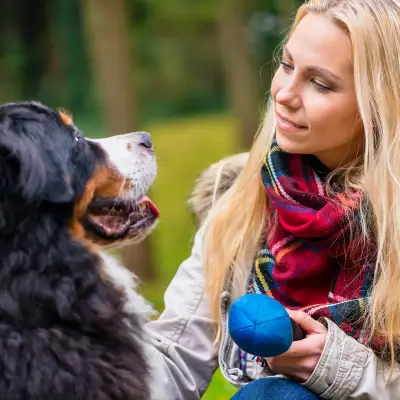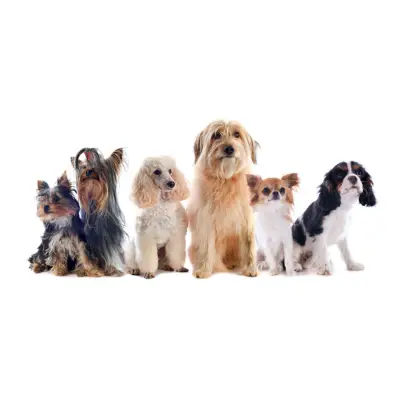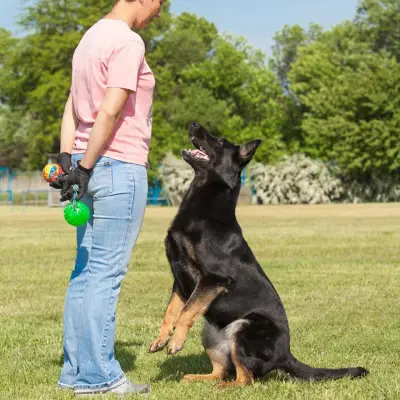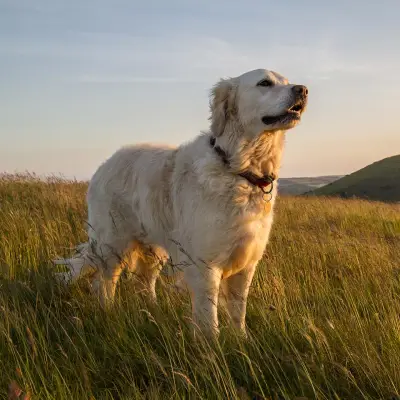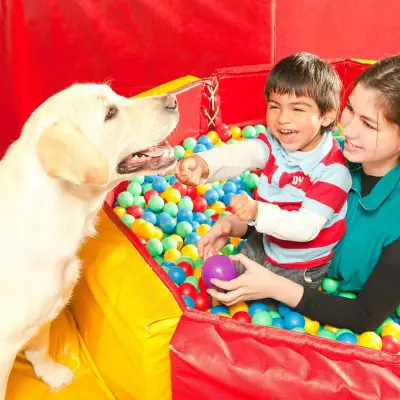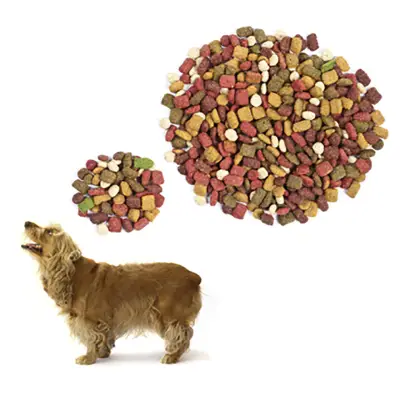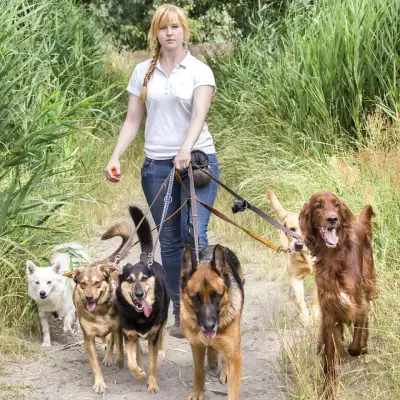From their humble beginnings as fierce hunters to their status as beloved household companions, the evolutionary journey of cats is one that spans millions of years! In this article, we travel back in time to their beginnings and discover how these felines evolved into the domesticated household cats we know today.

Jump to:
Origins of the Felidae Family
The Felidae Family (the cat family) consists of all living and extinct species of cats, both big and small. Their origins can be traced back to the Paleocene epoch, which began around 66 million years ago, shortly after the mass extinction event that wiped out the non-avian dinosaurs (all dinosaurs except birds).
Recommended for you!
Best SellersMiacids
During this time a group of small, weasel-like mammals known as miacids emerged and diversified, eventually creating modern carnivore lineages, including the cats. Miacids were among the earliest true carnivores, and they played a pivotal role in the evolution of modern carnivoran families. They were small, agile creatures well adapted for hunting and scavenging, with sharp teeth and a nimble build. Although they weren’t direct ancestors of cats, the miacids did lay the foundations for the adaptations that would later define the feline lineage.
As the Paleocene transitioned into the Eocene epoch, miacids continued to diversify and evolve. The Eocene epoch, which lasted from about 56 to 33.9 million years ago, was a period of significant climatic changes - the global temperature rose resulting in warm and tropical habitats. During this time, miacids adapted to the changing conditions, with different species evolving unique traits to exploit the new ecological opportunities. Some miacid lineages became more adept at climbing trees, while others developed stronger jaws and teeth.
As the Eocene progressed, one particular lineage of miacids began to develop more cat-like features. This lineage eventually gave rise to the first true cats.
Evolution of the First True Cats: Proailurus
Around 30 million years ago, during the Oligocene epoch, a class of small, cat-like carnivores known as Proailurus emerged. They were often referred to as the “first true cats”, and they possessed many of the defining characteristics of modern felines, including retractable claws, specialised teeth for shearing meat, and a flexible spine for stalking and pouncing. Proailurus was an important evolutionary link between the earlier miacids and the modern cat family.
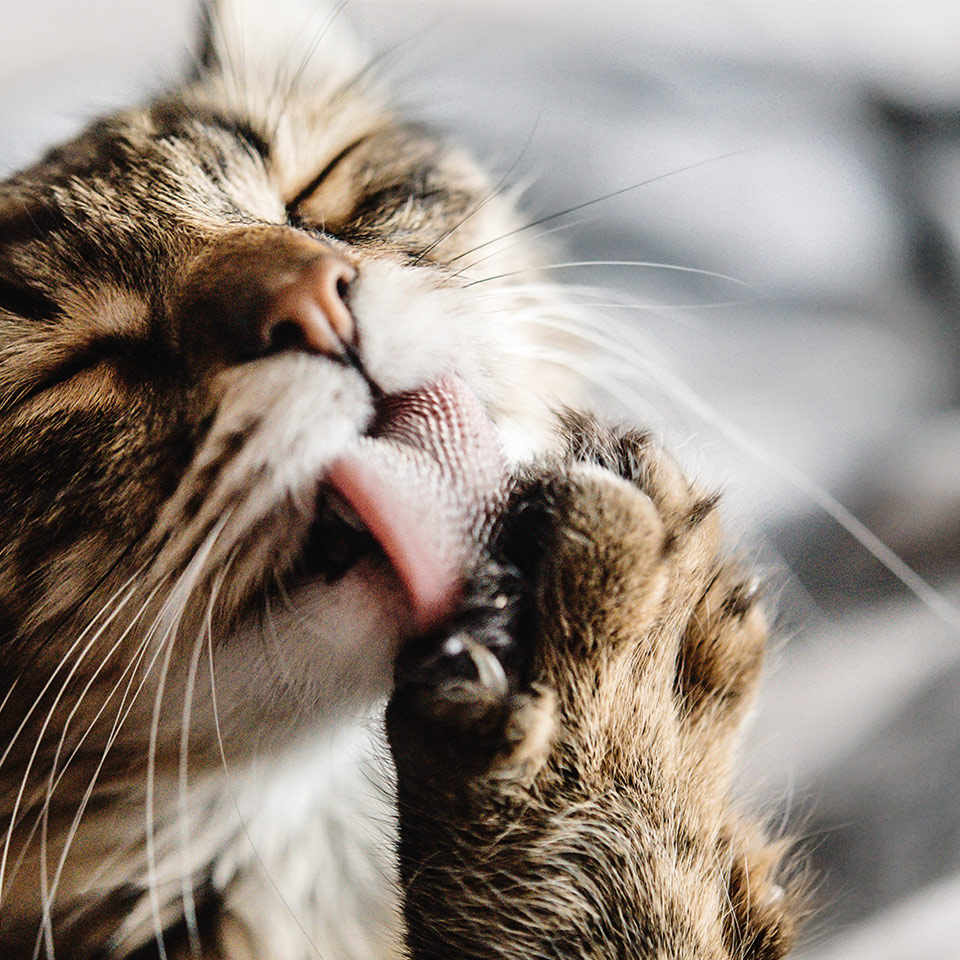
Evolution of Cats - Timeline
Early Miocene Epoch: The First Felids
(Approximately 23 to 16 million years ago)
During the Early Miocene epoch, the first members of the true cat family, known as felids, emerged. These early felids were small and roamed the forests and savannas of the time. One of the earliest known felids was Promeganailurus, a cat-like animal about the size of a modern house cat. They were skilled hunters, preying on small mammals, birds, and reptiles and had many of the features we associate with cats today.
Pliocene Epoch: Diversification of the Felidae
(Approximately 5.3 to 2.6 million years ago)
As the Earth's climate and landscapes continued to change, the Felidae family diversified into various lineages and species. This period saw the emergence of several iconic cat genera, including Lynx (lynxes), Prionailurus (Asian leopard cats), and Leptailurus (servals and caracals). These cats adapted to different environments, with some becoming specialised for life in the trees, while others thrived on the open plains or in dense forests.
Pleistocene Epoch: The Rise of the Big Cats
(Approximately 2.6 million to 11,700 years ago)
During the Pleistocene epoch, often referred to as the "Ice Age," the world witnessed the emergence of some of the most impressive members of the cat family. Genera such as Panthera (lions, tigers, jaguars, and leopards) and Smilodon (the famous "sabre-toothed cats") evolved and flourished during this time. These large predators were well-adapted to hunting large prey, such as mammoths, bison, and other megafauna that roamed the Pleistocene landscapes. Their powerful jaws, sharp teeth, and muscular bodies made them formidable hunters, capable of taking down even the largest of prey.
Holocene Epoch: Modern Cats Emerge
(Approximately 11,700 years ago to the present)
As the Pleistocene glaciers retreated and the climate stabilised, the Holocene epoch began, marking the emergence of modern cat species. During this period, many familiar cat species, such as the domestic cat (Felis catus), the bobcat (Lynx rufus), and the cougar (Puma concolor), evolved and adapted to their respective habitats.
Humans also played a significant role in the evolution and distribution of cats during the Holocene. The domestication of the house cat, which is believed to have occurred around 10,000 years ago, marked the beginning of a close relationship between humans and felines that continues to this day.
Today, the Felidae family comprises 37 living species.
From Big Cats to Small Cats
Within the Felidae family, there’s a distinct division between the “big cats” and the “small cats”, and they are classified into two main subfamilies; Pantherinae (big cats) and Felinae (small cats).
The split between big cats and small cats is believed to have occurred around 11 million years ago, during the Miocene epoch. At this time, the ancestral cat lineage diverged into two distinct branches, each with its own special characteristics.
The big cats, belonging to the Pantherinae subfamily, include some of the most iconic and powerful feline predators, such as lions, tigers, jaguars, and leopards. These animals are characterised by their impressive size, ability to roar, and a particular genetic trait – they cannot purr!
On the other hand, the small cats, which make up the Felinae subfamily, are generally smaller in stature and possess the ability to purr but not roar. This unique vocalisation, produced by vibrations in the voice box, is thought to have evolved as a means of communication within the close-knit social structures of some small cat species. This diverse group includes familiar species like the domestic cat, lynx, bobcat, and many other wild cat species found across the globe.
Early small cats were also skilled hunters, relying on their sharp senses, agility, and stealth to ambush and capture their prey. They developed specialised hunting techniques, such as stalking, pouncing, and even cooperative hunting strategies in some species.
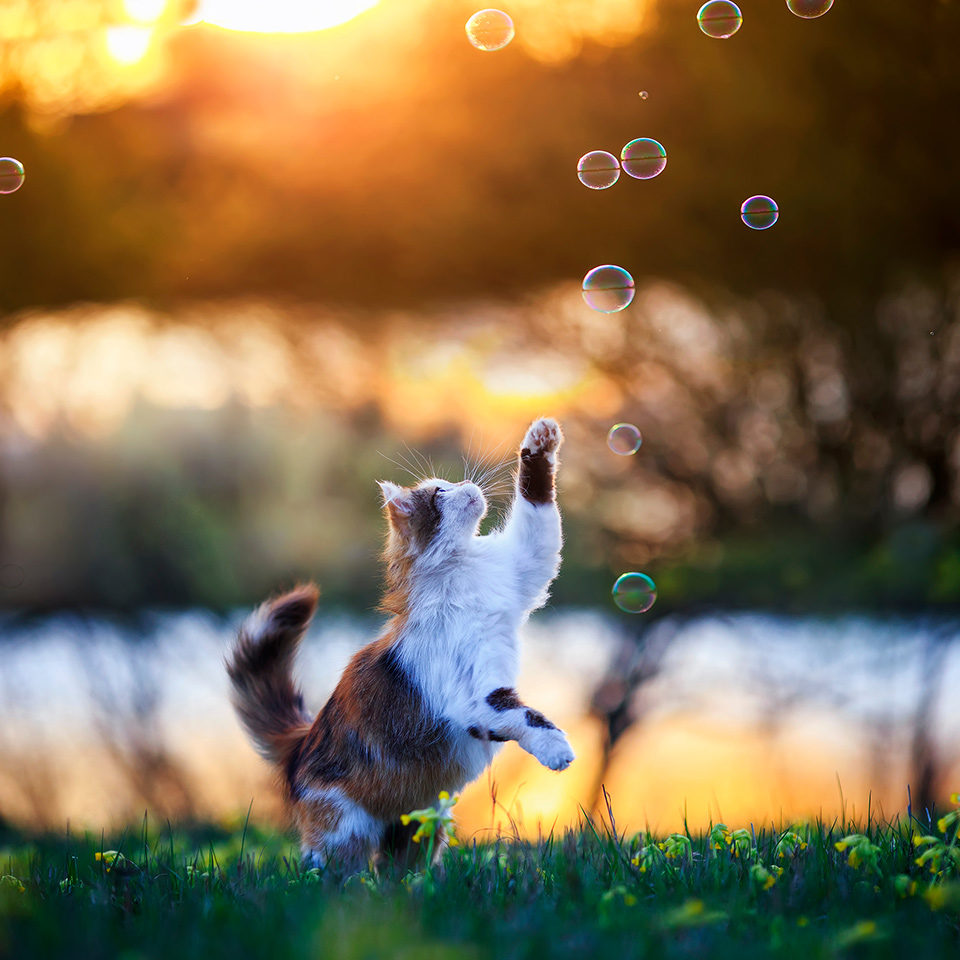
Wild Ancestors of Domestic Cats
It may seem like our house cats have been domesticated for ages, but their origins can be traced back to several wild cat species. Among these, is the African wildcat which is the primary ancestor of today’s house cat.
The African Wildcat: Felis lybica
Scientifically known as Felis lybica, the African wildcat is a small wild cat that inhabits the African continent and some parts of the Middle East. It's believed that they first encountered human civilisations around 10,000 years ago. As early human settlements transitioned from hunter-gatherer lifestyles to agricultural societies, the presence of rodents and other small pests likely attracted African wildcats to these areas. Over time, a mutually beneficial relationship developed, with the wildcats helping to control pest populations, and humans providing them with shelter and food scraps.
As years passed, a gradual process of domestication began, leading to the evolution of the domesticated cat. All domestic cats share a common ancestor with the African wildcat, inheriting many of their physical and behavioural traits.
Despite this, African wildcats today remain true to their wild nature. They are solitary hunters, skilled at stalking and ambushing small prey such as rodents, birds, and reptiles. They also have distinct striped or tabby fur patterns, much like the cats we know today.
Other close relatives
Although the African wildcat is considered the primary ancestor of modern domesticated cats, there are two other closely related wild cat species that may have contributed to the domestication process. These are the European wildcat (Felis silvestris) and the Asiatic wildcat (Felis silvestris ornata).
The European wildcat is found in various regions of Europe and parts of western Asia and shares a lot of similarities with the African wildcat, including their physical appearance and hunting behaviours. It’s suggested that European wildcats may have interbred with domestic cats in certain regions, contributing to the genetic diversity of some domestic cat populations.
The Asiatic wildcat, also known as the Asian steppe wildcat, is found in parts of Central Asia, the Middle East, and the Indian subcontinent. Like the African and European wildcats, the Asiatic wildcat is a skilled hunter and may have played a role in the domestication process, particularly in regions where it overlapped with early human settlements.
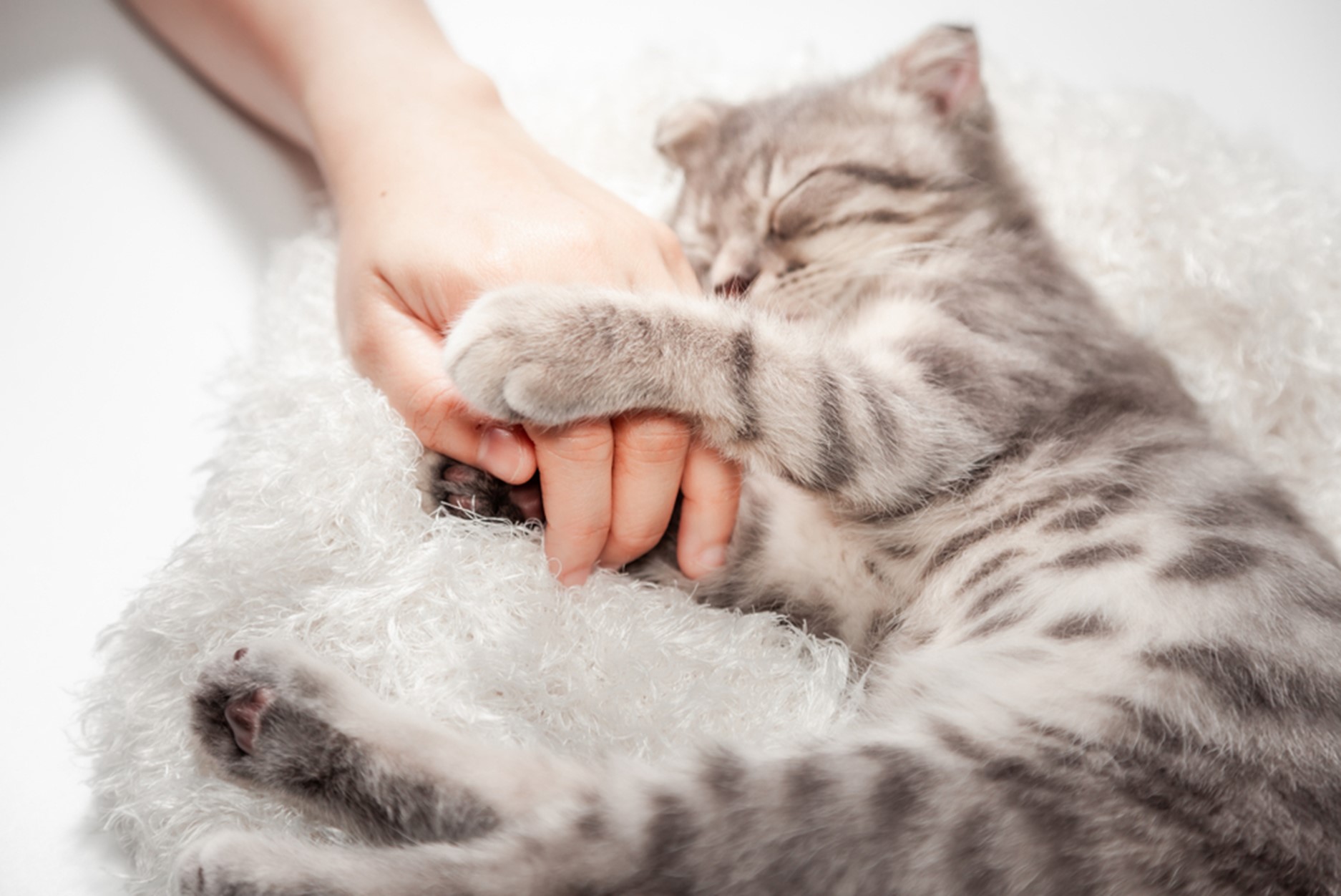
How Domestic Cats Evolved
The domestication process also brought about different genetic changes in cats. Through artificial selection by humans, as well as natural selection in human environments, domestic cats evolved distinct physical and behavioural traits that set them apart from their wild ancestors.
One particular genetic trait is the wide range of fur colours and patterns in domestic cats. In the wild, camouflage is essential for successful hunting, which is why wild cats typically have patterns like stripes or spots. However, in the safety of human settlements, cats evolved to have various types of coats, including solid colours like white, black and orange.
Domestic cats also developed smaller body sizes and more compact builds. This probably made them better suited for living with humans indoors and only needing to hunt small prey.
Cats have also evolved in behaviour. They are more sociable, much less aggressive and have a high tolerance for close human interactions. Wild cats are pretty much the opposite!

Key Milestones
The domestication of cats took thousands of years, and along this journey, many ancient civilisations and cultures adopted cats into their daily lives.
Ancient Egypt
One of the most significant milestones in cat domestication occurred in ancient Egypt, where cats held a revered status as sacred animals. The Egyptians recognised the value of cats in controlling rodent populations that threatened their grain stores, which led to them integrating cats into households and religious practices.
As early as 3500 BC, cats were depicted in Egyptian art and hieroglyphs and associated with the goddess Bastet, who was depicted with a cat's head. Cats were highly regarded in Egyptian society, with laws protecting them from harm and severe penalties for those who harmed or killed them.
The Egyptians also mummified cats, burying them alongside their owners or in dedicated cat cemeteries.
Ancient Greece and Rome
As trade and cultural exchange flourished throughout the Mediterranean region, cats spread from Egypt to other ancient civilisations, including Greece and Rome. In these societies, cats were primarily valued for their practical role in controlling rodent populations, particularly in agricultural areas. While they weren’t revered to the same extent as in ancient Egypt, cats were appreciated in Greek and Roman households for their hunting abilities and companionship. They were often depicted in artwork and literature, reflecting their presence in people’s daily lives.
Medieval Europe
In Medieval Europe, the perception and treatment of cats were vastly different from how they were treated in ancient Egypt, Greece and Rome.
The spread of Christianity throughout Europe brought about a period of uncertainty and superstition surrounding cats. During the Middle Ages, cats were often associated with witchcraft and sorcery, leading to their persecution and even mass killings in some regions.
However, this dark period also highlighted the resilience of the human-cat bond. Despite the superstitions, many households continued to keep cats as mousers and companions, recognising their practical value and companionship.
During the Renaissance period, science and reason meant that negative perceptions surrounding cats began to dissipate. This led to an increase in their popularity, and they were once again accepted as beloved household pets.
If you found this exploration of the evolutionary journey of cats fascinating, then you won't want to miss our comprehensive course on Feline Anatomy and Physiology. In addition to an in-depth module dedicated to the evolution of cats, this course dives into the intricate science of these animals. From their unique physiological adaptations to their remarkable senses and behaviours, you'll gain a deeper appreciation for the marvels of the feline world. You can enrol on this course for just £29 (save £98!).

